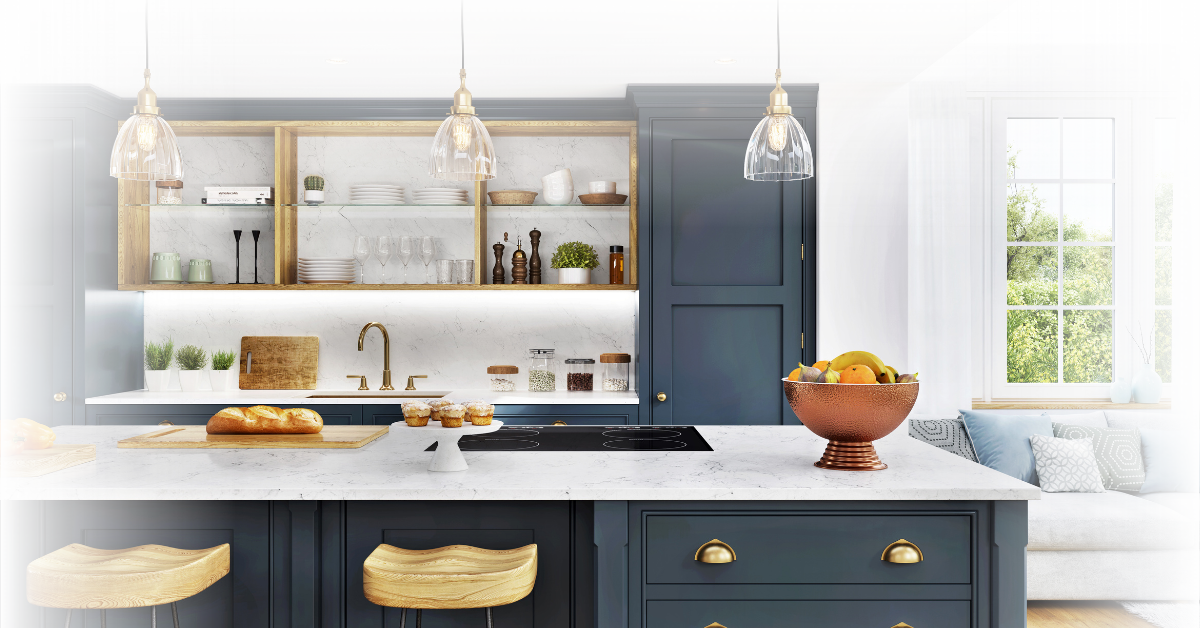10 Aging in Place Kitchen Design Ideas to Future Proof Your Home
Your kitchen isn’t just a functional space—it’s the heart of your home, where memories are created and shared.
That’s why the majority of adults over 45 aspire to stay in their homes for as long as possible.
Aging in place remodeling is the key to preserving that cherished space and ensuring a comfortable future.
When considering aging in place projects, kitchen remodeling stands out as one of the most impactful investments you can make.
By transforming your kitchen with aging in place features, you’re not just enhancing its functionality; you’re also reclaiming your independence and peace of mind. Our curated selection of kitchen accessibility ideas is designed to keep your space safe and enjoyable for years to come.
The best part? These renovations offer more than just practical benefits—they provide a significant return on investment, both in terms of financial value and quality of life.
What is the meaning of Aging in Place?
The Centers for Disease Control and Prevention use this aging in place definition:
“The ability to live in one’s own home and community safely, independently, and comfortably, regardless of age, income, or ability level.”
Instead of moving to a place with increased care, you can modify your home to suit your changing needs as you age.
Home modifications allow seniors to remain independent and live in a familiar and meaningful place.
Aging in Place Kitchen Design Ideas
1. Accessible Cabinets and Drawers
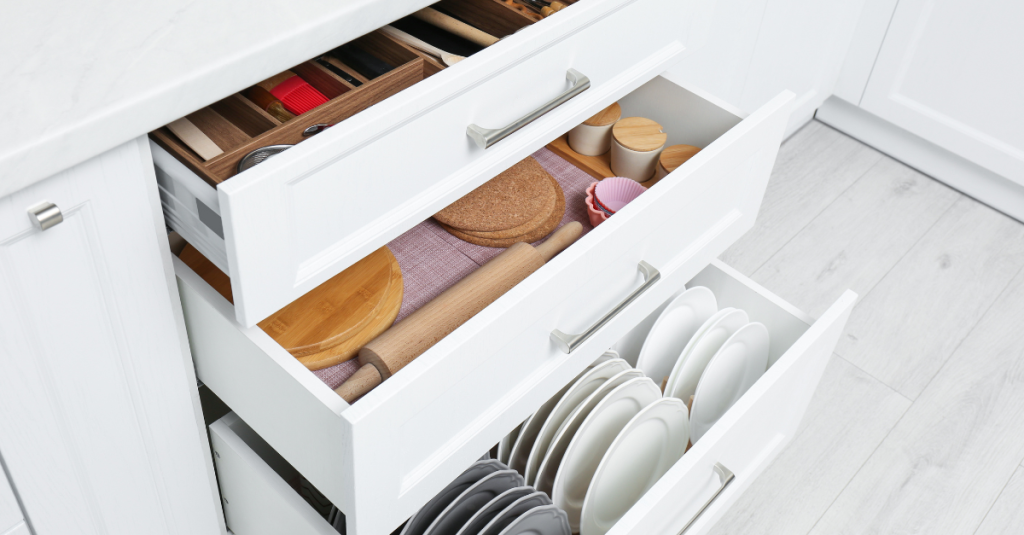
Install cabinets and drawers with pull-out shelves or smooth-gliding drawers for easy access to kitchen essentials. Adjustable shelves accommodate varying storage needs for seamless organization and reachability.
2. Lowered Countertops
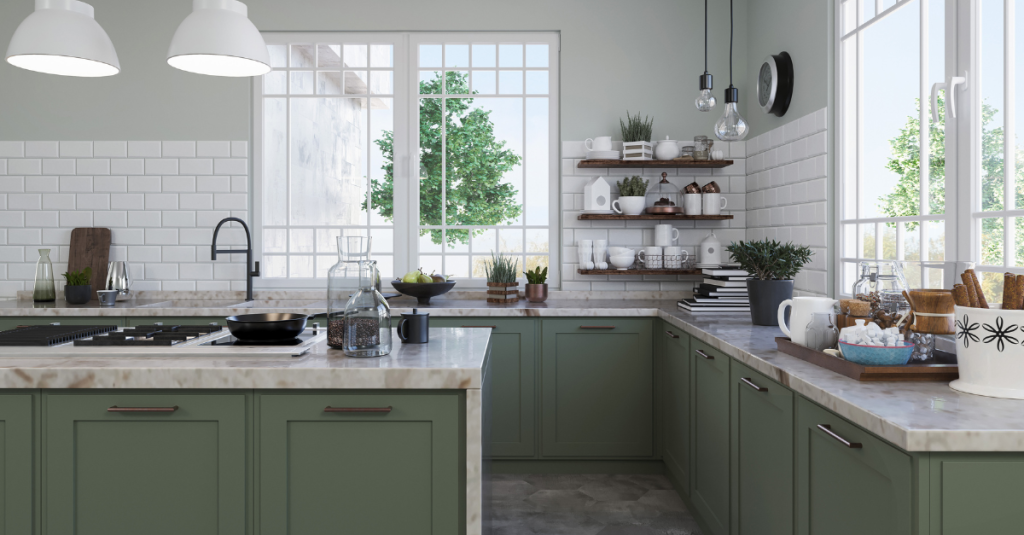
Lower countertops to a more accessible height for individuals using wheelchairs or with limited mobility.
This promotes independence in food preparation tasks. Rounded edges on countertops minimize the risk of injuries, providing a safer environment for all kitchen users.
3. Easy-Grip Cabinet Hardware
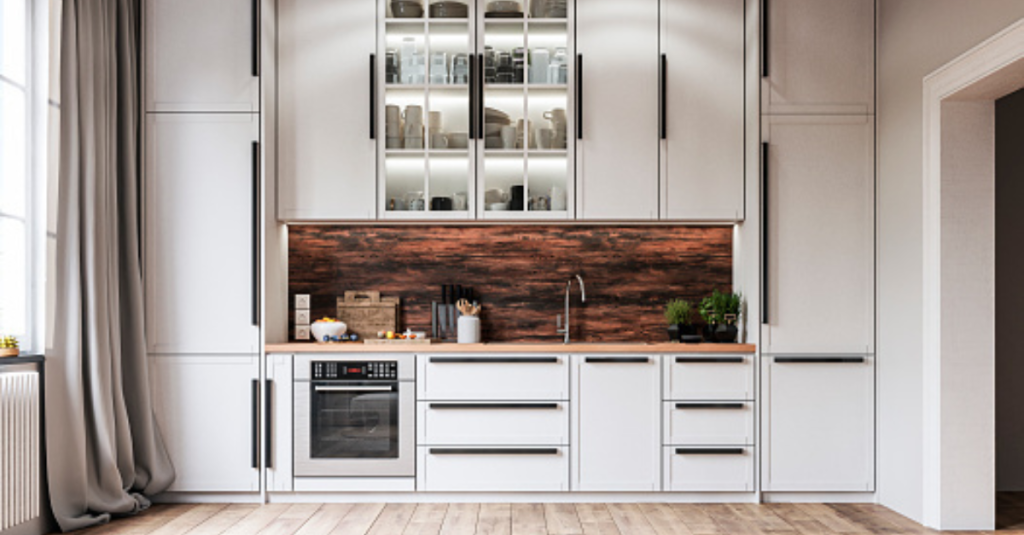
Upgrade to easy-grip hardware like lever-style handles or D-shaped pulls. This upgrade enhances the kitchen’s usability for individuals with dexterity issues. Effortless opening and closing of cabinets and drawers contribute to a more user-friendly and accessible kitchen experience.
4. Bright and Ample Lighting
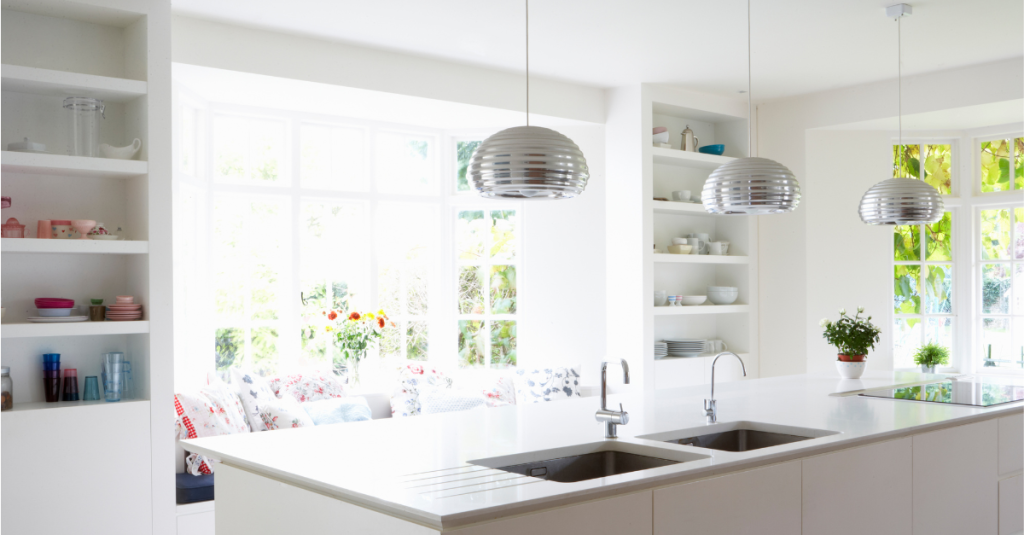
Well-lit spaces with bright, evenly distributed lighting improve visibility and safety in the kitchen. Under-cabinet lighting illuminates workspaces, reducing shadows and enhancing task performance for all users.
5. Non-Slip Flooring
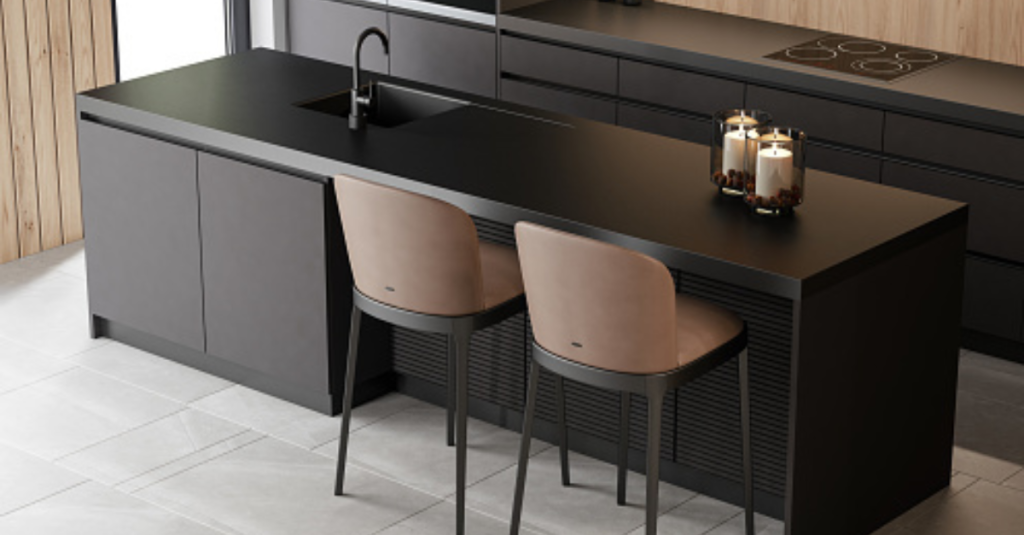
Choose non-slip flooring materials to minimize the risk of slips and falls in high-traffic kitchen areas. Textured tiles or vinyl flooring provide better traction and offer easy maintenance and cleaning for added convenience.
6. Open Floor Plan

Design an open floor plan to facilitate easy navigation and mobility. Such designs accommodate mobility aids like walkers or wheelchairs. Ample space between countertops, islands, and appliances ensures unrestricted movement and promotes independence in daily kitchen activities.
7. Accessible Appliances
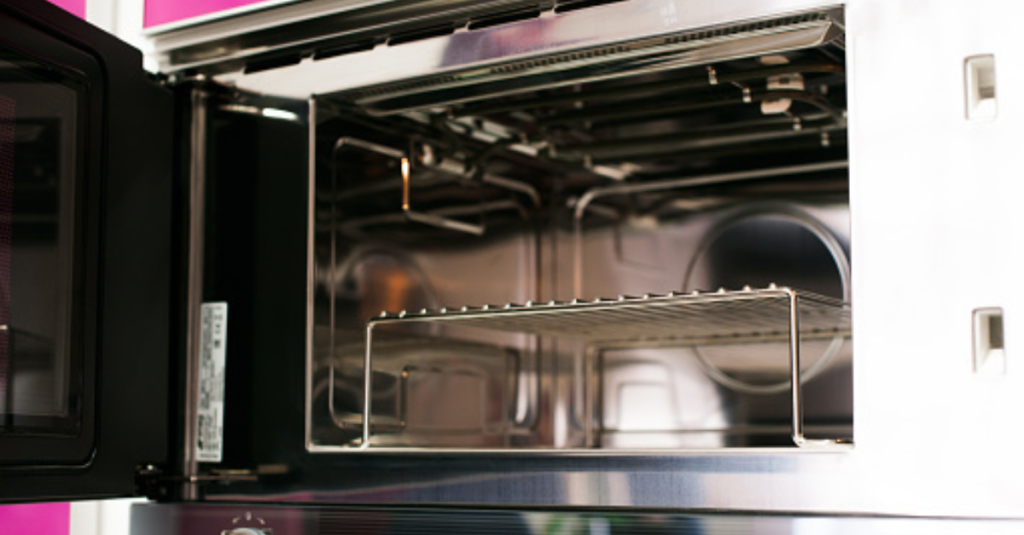
Opt for appliances with user-friendly features, such as side-opening ovens and comfortable-height installations. This can reduce strain on the body and enhance accessibility. Placing appliances at convenient heights minimizes bending and reaching, promoting a more ergonomic and inclusive kitchen environment.
8. Task-Specific Zones
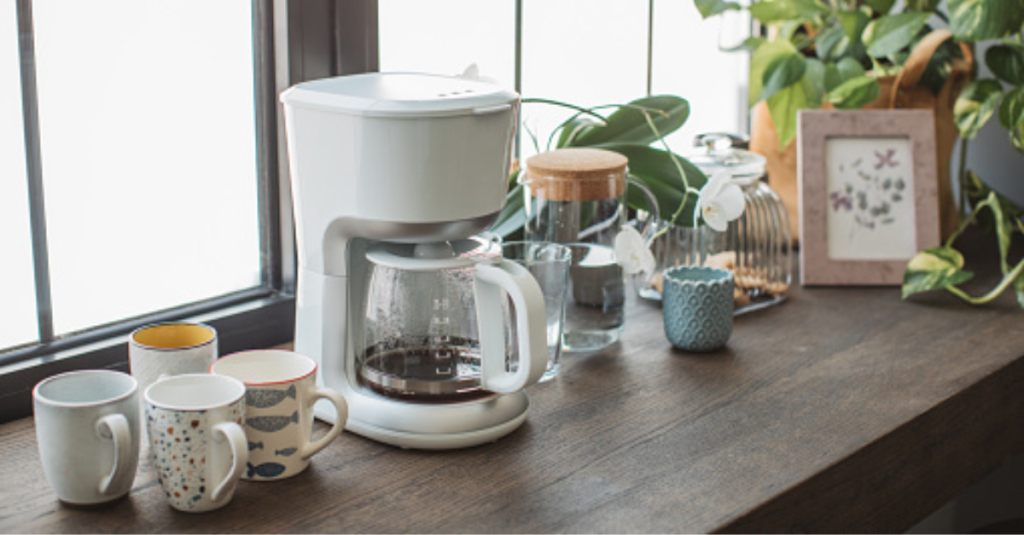
Organize the kitchen into task-specific zones to streamline workflow and minimize unnecessary movement. Keep frequently used items within easy reach and strategically store less-used items to optimize efficiency and accessibility.
9. Contrast and Color
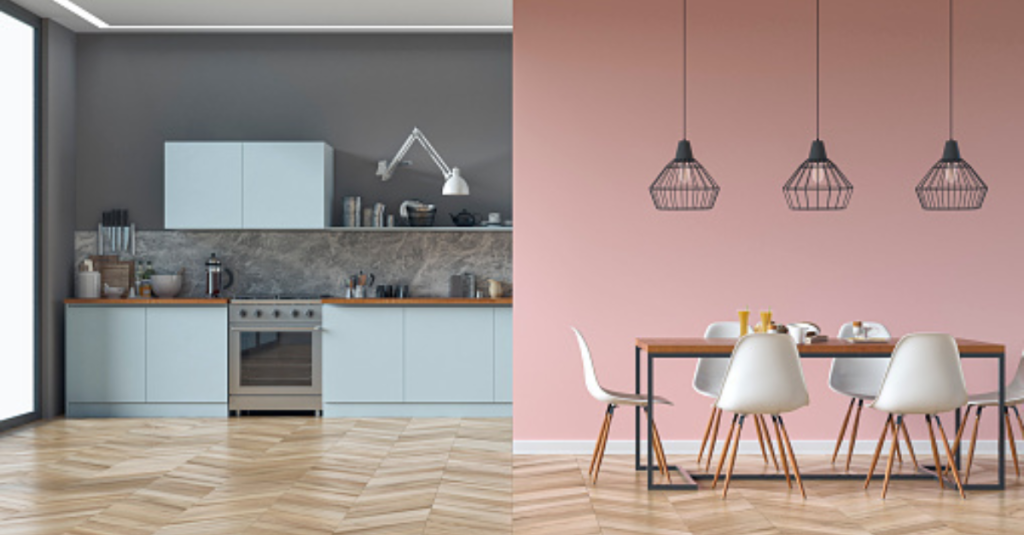
Utilize contrasting colors for countertops, cabinets, and flooring to improve visual clarity and depth perception. Thoughtful color choices enhance both the aesthetic appeal and functional accessibility of the kitchen space.
10. Smart Technology Integration

Integrate smart technology solutions like motion-sensing faucets and voice-activated appliances to enhance convenience and accessibility for all users. Adjustable-height countertops and other innovative features cater to diverse needs, ensuring a modern and inclusive kitchen experience.
Kitchen Remodeling ROI (Return on Investment)
While specific upgrades play a large part in calculating ROI, the national average for kitchen remodeling is 54%.
Aging in place kitchen remodeling is a financial and health investment with significant value.
RWC – Your Aging in Place Remodelers
Ready to future-proof your kitchen with aging in place remodeling?
Remodeling projects can be overwhelming; that’s why we’re dedicated to being there for you every step of the way.
Schedule a call today for a dream kitchen that keeps you or your loved ones safe and comfortable for years to come.

